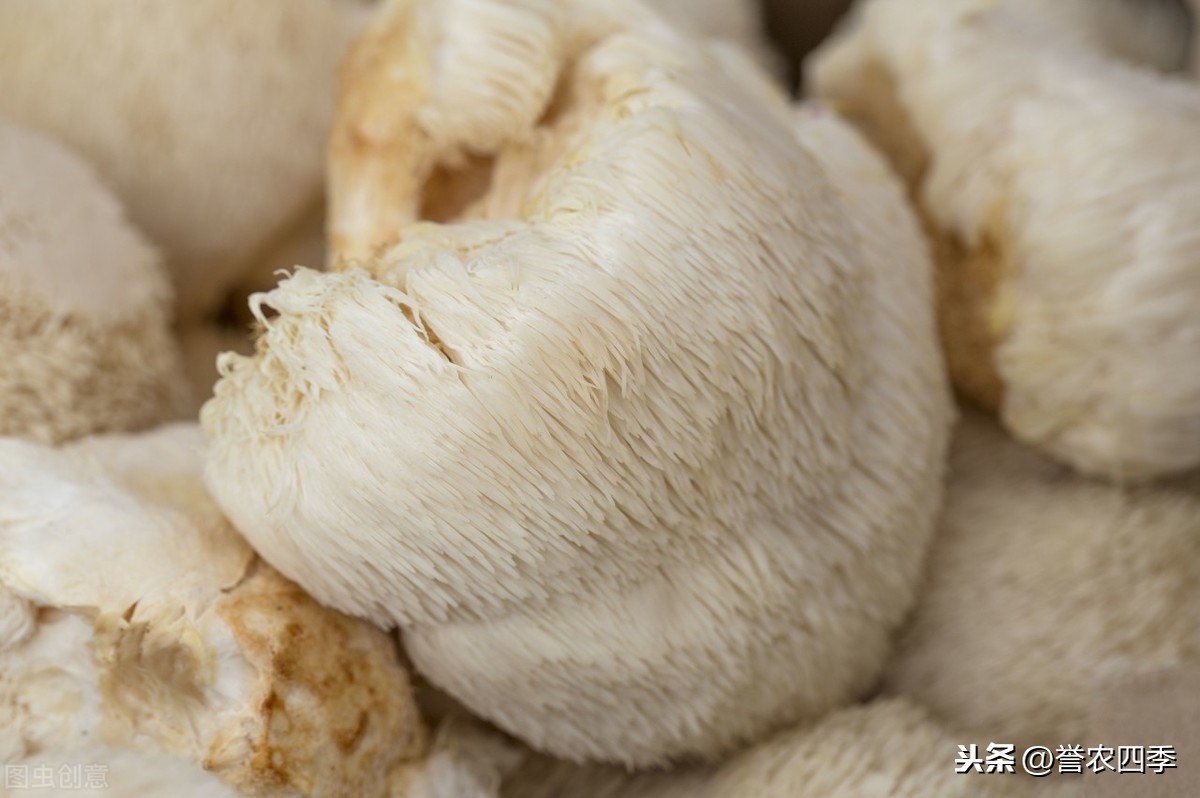In the production of Herinaceus, due to many factors such as improper management of producers, the Erinaceus bacteria appear deformed mushrooms, lose the value of commodities, and cause economic losses. Therefore, it is necessary to analyze the causes of hereriformia and find better control measures.
The fruiting body branches from the base and branches irregularly several times on the branches, forming a coral-like shape, sometimes growing into a stunted mushroom at the top end of the branch. At its base there are root-like mycelium bundles connected to the culture medium to supply water and nutrients to the fruiting body. Most of this coral-like mushroom body dies gradually during development. Causes: The culture medium contains harmful substances that hinder the normal development of the fruiting body, such as the use of some pine, fir and other wood chips containing aromatic compounds, resulting in abnormal stimulation or inhibition of hyphal growth and affecting the normal development of the fruiting body. Secondly, Lion's head bacteria are very sensitive to carbon dioxide, in the mushroom field, the carbon dioxide concentration is too high, more than 0.1%, and the stimulation of the stalk is constantly branching, inhibiting the development of fruiting bodies.

Preventive measures: First, when preparing culture materials, do not mix with the wood chips of pine, cypress, fir, camphor and other trees; the second is to strengthen ventilation and ventilation during the growth and development of fruiting bodies to maintain sufficient fresh air; third, if coral-like fruiting bodies have appeared on the fungus bag, they can be eradicated together with the culture material when they first occur, and then improve environmental conditions to re-form normal fruiting bodies.
The fruiting body is lumpy and branched, hypertrophic, rough surface, wrinkled, sterile or rarely prickly, soft and crunchy flesh, slightly yellowish when fresh.
Cause: Caused by low air humidity and high temperature (more than 25t).
Preventive measures: During the development period of the fruiting body, try to maintain the temperature of 18 to 22 °C in the cultivation site and maintain the relative humidity at 90% to 95%. When the temperature is high, keep spraying water to the indoor space and sprinkle water to the ground, and spray a small amount of misty water to the fruiting body, and ventilate the room. Do not let the wind blow directly towards the fruiting body to reduce water evaporation.
It is normal for the young buds of Lion's head to appear white and a few strains to be pink, but should turn white as the fruiting body matures. However, if it is yellow or pink from beginning to end, and the spines are short and thick, this is an abnormal type.
Cause: The fruiting body is red, which is due to this change when the temperature is lower than 15 ° C, the color deepens with the decrease of temperature, and the mushroom body stops growing at about 10 ° C; the fruiting body will also be red under strong light conditions. The yellowing of the fruiting body is caused by two reasons: the first is that the fruiting body is susceptible to disease, and its bacterial spines are short and thick, and the taste is bitter. The second is that the relative humidity of the air is less than 70%, especially the young buds are more sensitive, and the low humidity will leave spots and even deformities. When the wind blows on the mushroom body, the mushroom body will turn yellow or die over time.
Precautions; after the formation of The young buds of Heridium erinaceus, they should be cultivated at a moderate temperature of 18 to 22 ° C; the light intensity should be controlled, and the light of the cultivation site should be below 2000 lux; the sick bag should be immediately moved out of the site; and finally, to avoid wind blowing on the fruiting body, the development stage of the bud, and keep the relative humidity of the mushroom room at about 90%.
What sometimes happens to bottle-grown Hericium is mainly caused by the fact that the culture material is too shallow and the material surface is too long from the bottle mouth. Therefore, when bottled, the culture material should be loaded to about 2 cm from the bottle mouth, which can prevent the appearance of Hericium longifolia.
Coarse spine type: the flesh spines are coarse, the fruiting body is branched, and the balls are small, which is caused by air humidity greater than 95% and poor ventilation.
Loose long spines: fruiting bodies have long flesh spines, small, floppy balls, and tend to branch, due to high temperatures.
Narrow and long base: The base of the mushroom body is narrow and long, not cylindrical, which is caused by insufficient light or uneven light in the site. In some mushroom places with poor lighting conditions, lighting lamps should be used to fill the light.
In addition, the number of passages of Hericium herinous species is too large, the hyphae life force is reduced, the resistance to stress is weakened, etc., which will also cause deformity of the mushroom body.
In cultivation practice, attention should be paid to the damage caused by pesticides to Erinaceus and become deformed. Hericium hercephae is particularly sensitive to carbendazim, with a concentration of 0.001% in the culture medium, and the growth of the hyphae of Hericium erinaceus tends to stop or become cordy. When the concentration of carbendazim is 0.1%, the Hyphae of Hericium erinaceus dies.
The above is all of today's content, growers can refer to more reference, or everyone wants to know which aspect, the knowledge and technology of the three farmers can leave a comment, Xiaobian will solve the puzzle for everyone according to the situation. I also hope that you can pay attention to the small editor and actively leave comments forwarding, thank you!